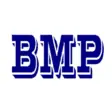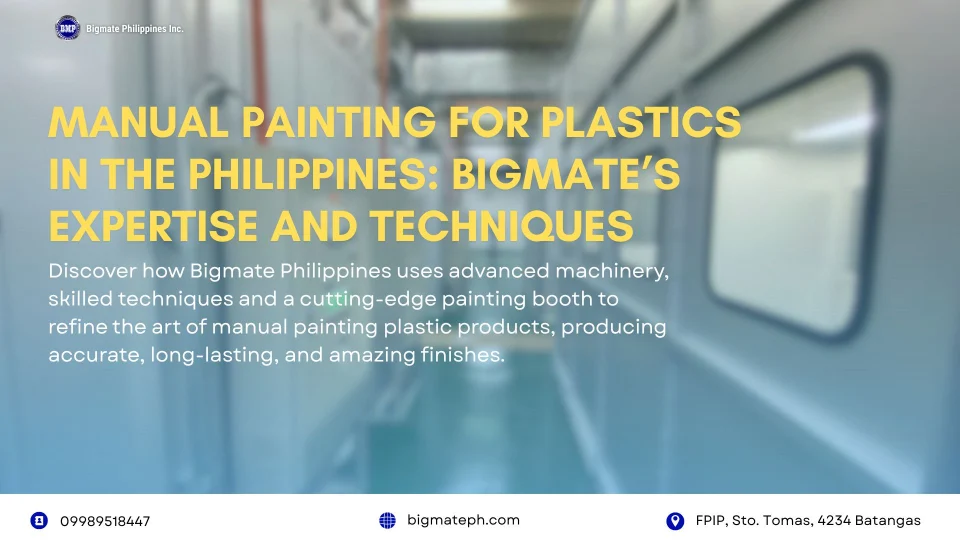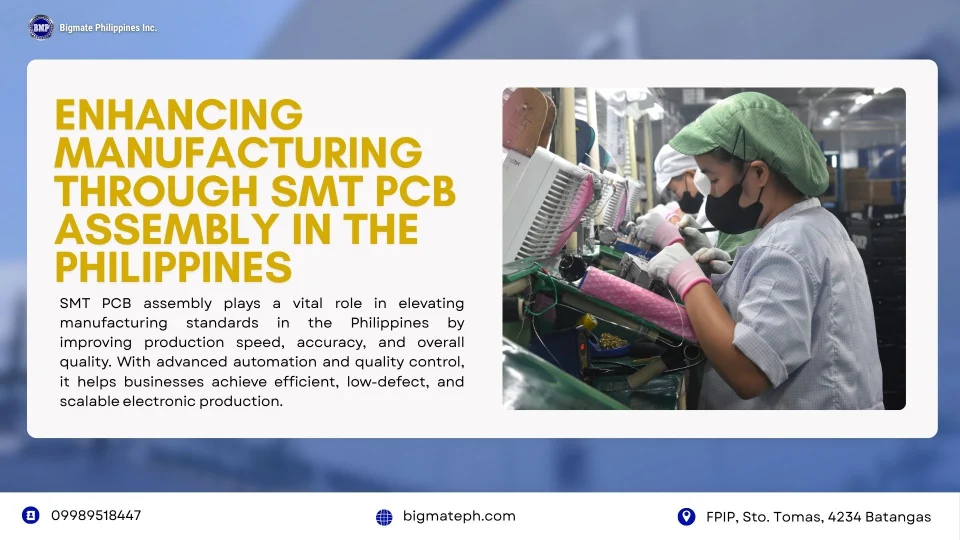What is the Process of Heat and Cool Molding?
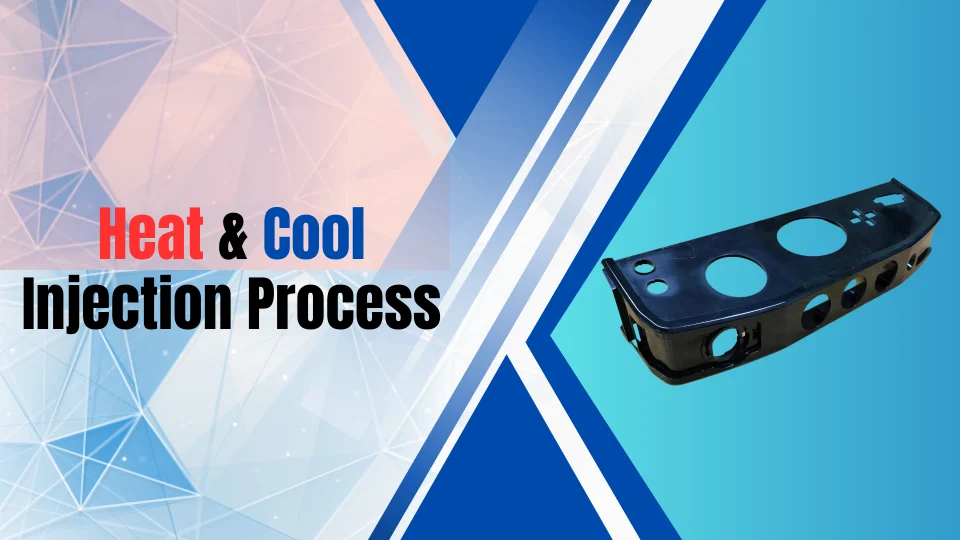
Content of the Article
Understanding the Heat & Cool Molding
The heat and cool process is a refined version of traditional injection molding. It involves two primary phases: heating and cooling. Each phase is critical in shaping the final product and ensuring its quality.
Heating Phase
1. Mold Pre-Heating:
- Steam Injection: The heat & Cool process can make a high-temperature using a boiler and steam of more than 100℃. which leads to better flow and filling of the mold. It also minimizes defects such as short shots and incomplete fills. Steam is introduced into specialized heating channels within the mold during the injection phase. This step is crucial for rapidly increasing the temperature of the mold surface.
- Temperature Boost: The steam heats the mold to a higher temperature than usual, enhancing the molten plastic’s flow characteristics. This elevated temperature helps the plastic to fill the mold more completely and uniformly.
2. Improving Plastic Flow:
- Enhanced Flow: The increased mold temperature reduces the viscosity of the molten plastic, allowing it to flow more easily into all areas of the mold cavity. This improved flow helps achieve a more detailed and complete mold filling.
- Surface Finish: The higher mold temperature contributes to a superior surface finish of the molded parts by reducing surface imperfections and minimizing visible defects such as sink marks or weld lines.
Cooling Phase
1. Mold Cooling:
- Cooling Channels: Once the plastic is injected and the mold has been heated, the cooling phase begins. Cooling channels within the mold circulate coolant, such as water or oil, to absorb and remove heat from the plastic.
- Controlled Cooling: The cooling system is carefully regulated to ensure a consistent and controlled temperature drop. Proper cooling is essential to solidify the plastic effectively and avoid defects.
2. Solidification:
- Temperature Reduction: As the cooling channels remove heat, the molten plastic gradually solidifies. The part takes the shape of the mold cavity, and its structural integrity is established.
- Cooling Time: The duration of the cooling phase is determined by factors like the thickness of the part and the properties of the plastic material. Adequate cooling time is necessary to ensure that the part is fully solidified before mold removal.
3. Cooling Monitoring:
- Temperature Monitoring: Throughout the cooling phase, temperature sensors monitor the mold and plastic temperatures to ensure uniform cooling. Any deviations are adjusted to maintain optimal cooling conditions.
- System Adjustment: The cooling system may be adjusted based on real-time data to ensure that cooling is effective and consistent, leading to high-quality molded parts.
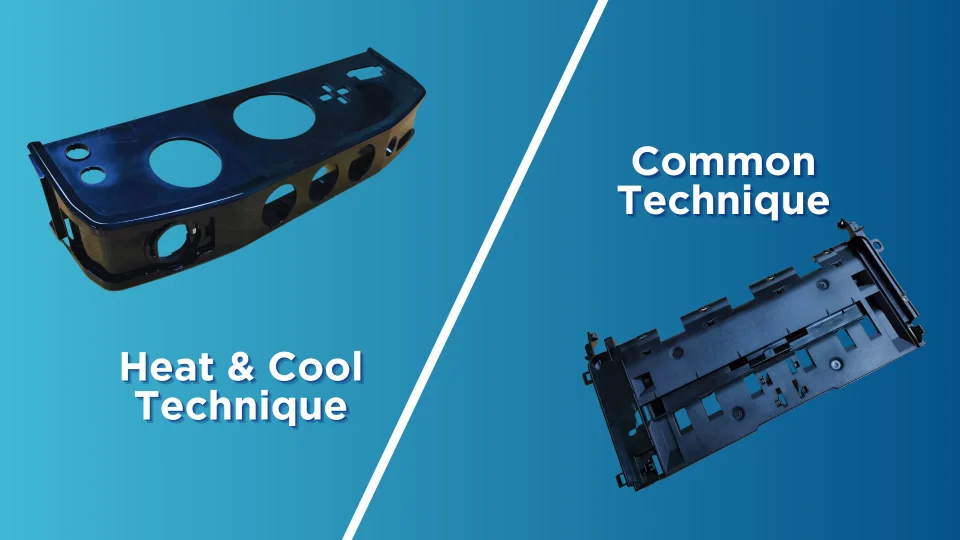
Difference of Heat and Cool Molding VS. Common Plastic Molding
Feature/Aspect | Heat and Cool Plastic Injection Molding | Common Plastic Injection Molding |
Process Overview | Utilizes a cyclical heating and cooling method to mold parts. | Involves melting plastic and injecting it into a mold. |
Cycle Time | Typically longer due to heating and cooling phases. | Generally shorter as it only involves injection and cooling. |
Surface Finish | Produces high-quality, glossy surfaces with minimal defects. | Surface finish can vary, often requiring additional processing for high gloss. |
Dimensional Stability | Provides better dimensional accuracy and reduced warpage. | This may result in more dimensional variations and warpages. |
Energy Consumption | Higher energy usage due to heating and cooling phases. | Lower energy consumption as it involves continuous cooling. |
Tooling Costs | Higher initial tooling costs due to complex temperature control. | Lower tooling costs as it uses simpler temperature control systems. |
Production Volume | Ideal for low to medium production volumes. | Suitable for high-volume production runs. |
Application Examples | Used in automotive, electronics, and high-end consumer goods. | Widely used in packaging, consumer products, and toys. |
Surface Defects | Reduces defects like sink marks and weld lines. | May have more surface defects that need post-processing. |
Cooling System | Involves sophisticated cooling systems for precise control. | Uses standard cooling systems with less control. |
Cycle Consistency | Provides more consistent cycle times and part quality. | Cycle times and part quality may vary more. |
Part Complexity | Better suited for complex parts with intricate details. | Handles simple to moderately complex parts effectively. |
Mold Temperature Control | Requires advanced temperature control mechanisms. | Uses standard mold temperature control systems. |
Overall Cost | Higher overall cost due to advanced technology and materials. | Lower overall cost, making it cost-effective for mass production. |
Summary:
- The Heat and Cool Plastic Injection Molding Process: Offers superior surface finish, dimensional stability, and quality for complex and high-performance parts but comes with higher costs and energy consumption. It’s best suited for low to medium production volumes and industries that demand high precision, like automotive and electronics.
Common Plastic Injection Molding Process: More cost-effective with faster cycle times, making it ideal for high-volume production. It handles a wide range of materials and is suitable for less complex parts, common in consumer products and packaging industries.
Pros and Cons of the Heat and Cool Molding
Pros:
- High Gloss Appearance: The elevated mold temperature contributes to a high gloss finish on the surface of the molded parts.
- Weld-Less: The process minimizes or eliminates visible resin weld lines, resulting in a cleaner, more uniform appearance.
- No Sink Marks: Improved mold heating and cooling reduce the risk of sink marks and other surface imperfections.
- Improved Flow: Enhanced mold temperatures improve the flow of molten plastic, decreasing the likelihood of incomplete filling and defects.
- Superior Surface Finish: Achieves a smoother and more consistent surface finish due to better mold temperature control.
- Reduced Cycle Time: Faster heating and cooling cycles can decrease overall production time and increase efficiency.
- Enhanced Detail: Allows for more intricate and detailed part designs with better mold filling and flow characteristics.
- Lower Stress: More uniform cooling reduces internal stresses and warping in the final product.
Cons:
- Increased Energy Costs: The additional heating requirements (e.g., steam injection) can raise energy consumption and operational costs.
- Complex System: The process involves more complex equipment and controls, which may increase maintenance and setup time.
- Initial Investment: Higher upfront costs for advanced heating and cooling systems may be necessary.
- Limited Material Compatibility: Not all plastics may be suitable for the heat and cool process, limiting material options.
- Risk of Overheating: Mismanagement of mold temperatures can lead to overheating, affecting part quality and mold longevity.
For Inquires, Contact the Following:
FAQs
How does the cooling rate affect the final product?
What are common defects in the heat and cool process and how can they be avoided?
How can temperature control be optimized during production?
- (+63)998 951 8447
- Bigmate Philippines Inc. FPIP, Sta. Anastacia, Sto. Tomas, Batangas
- Monday to Friday: 8:00 AM – 5:00 PM
Subscribe to receive our latest updates directly in your inbox!
